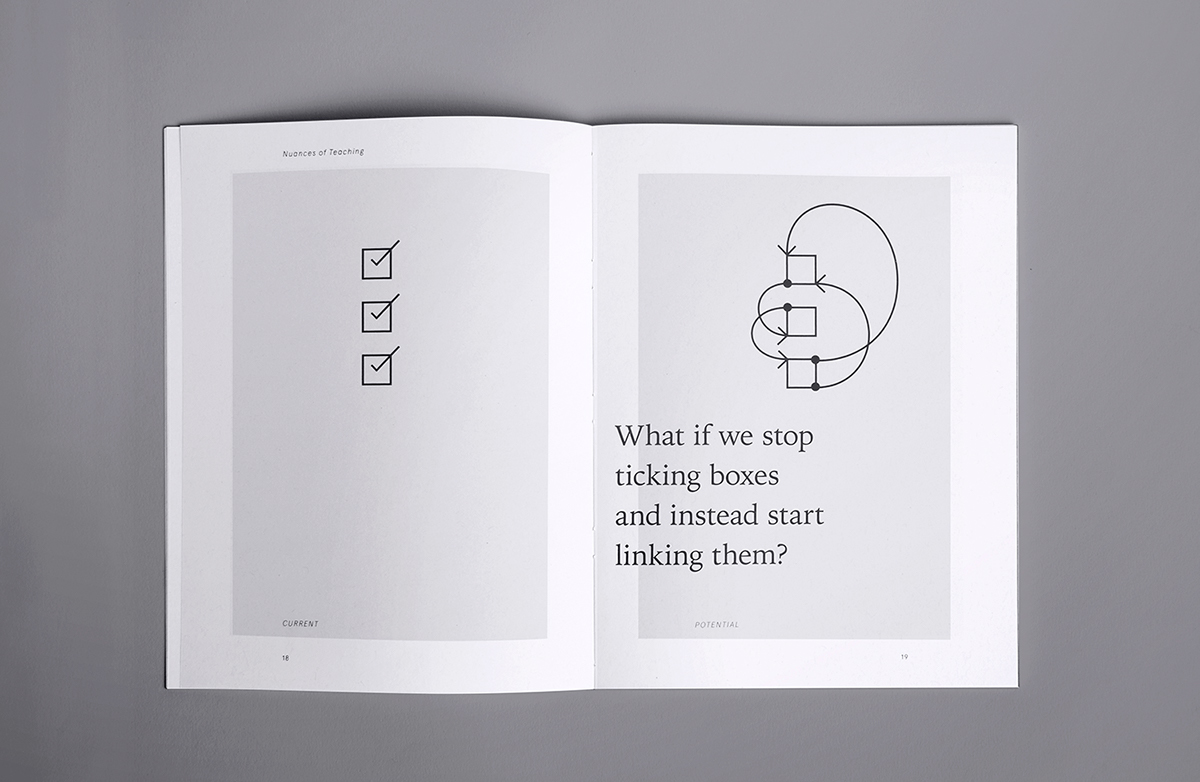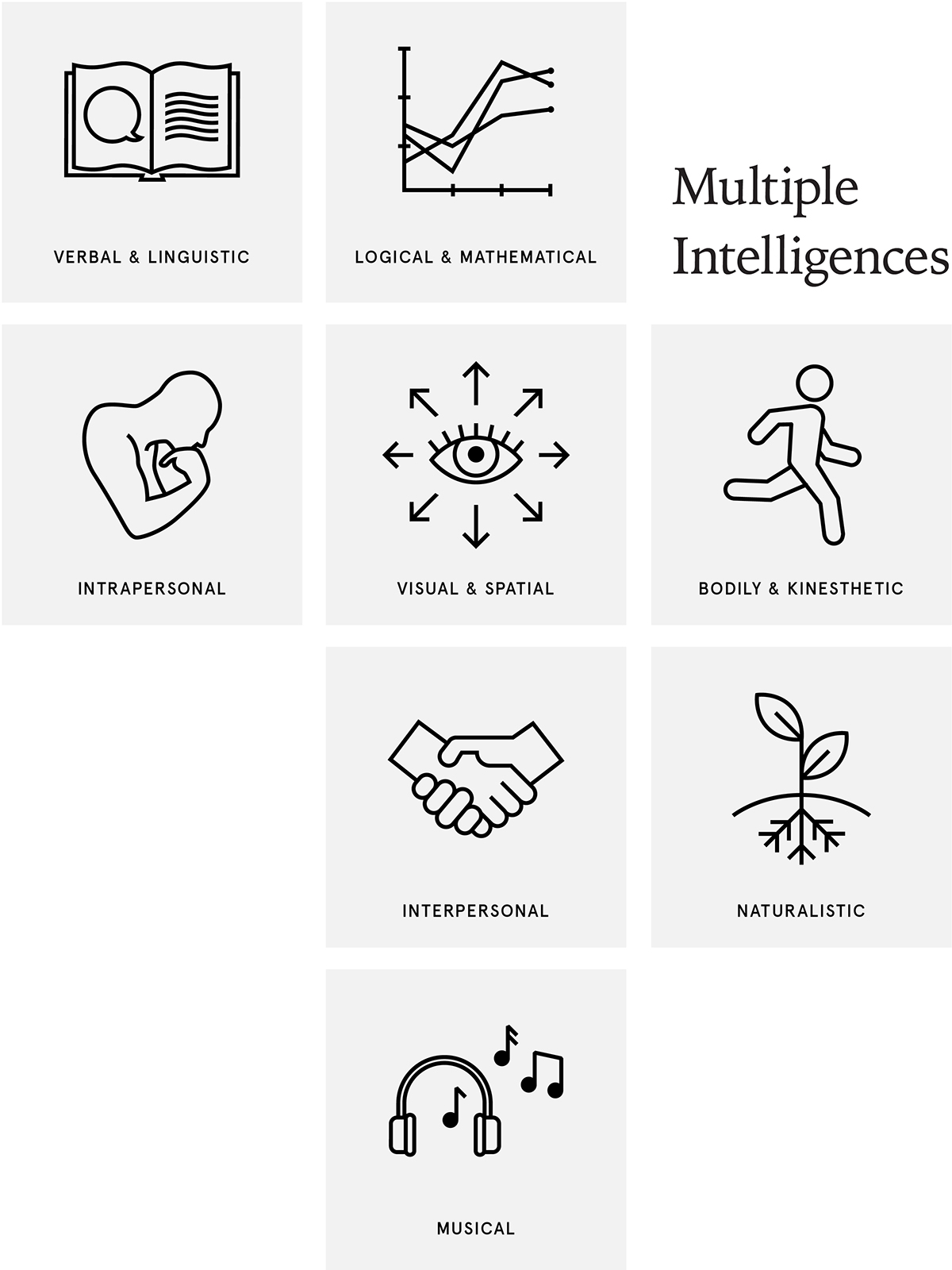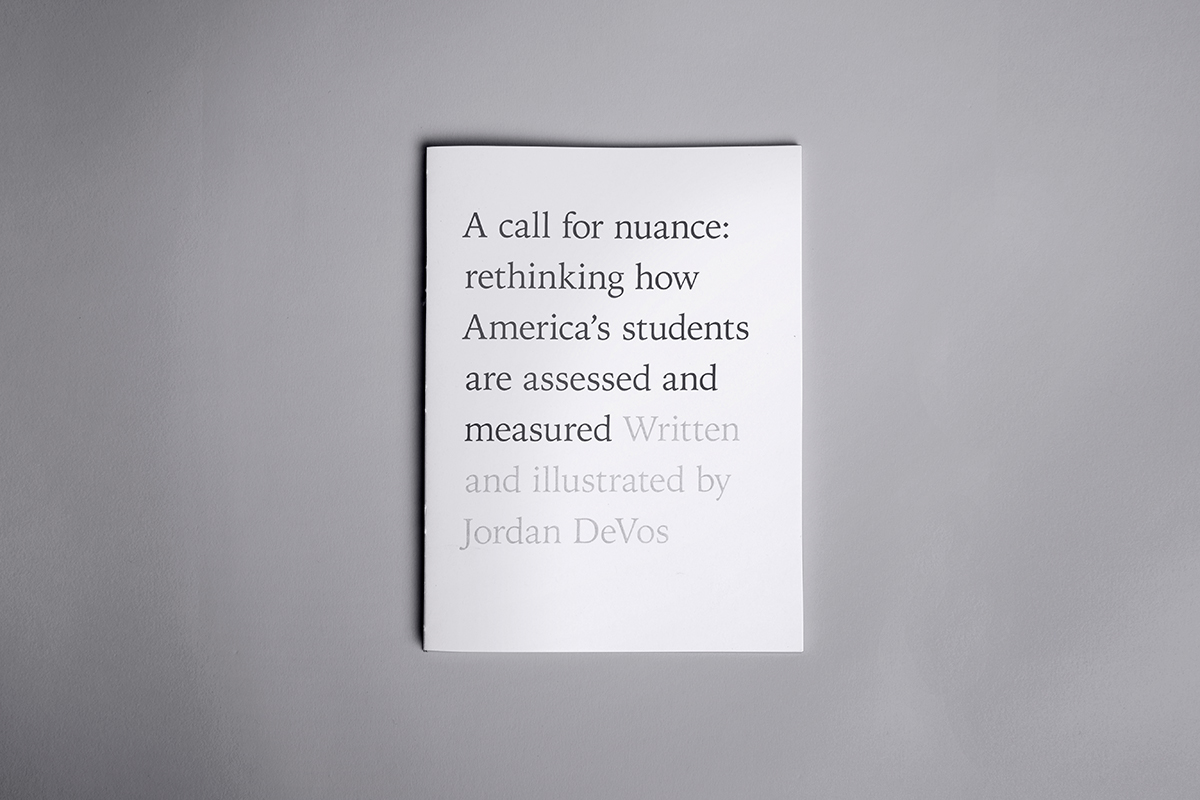Can an education system measure all types of learning rather than only the easy-to-quantify types?
The American education system teaches over 50 million students—an enormous task, without a doubt. But the system evaluates itself on the assumption that individual success takes one form and all students can, and should, reach a singular state of knowledge. The challenge now is to bring nuance and individuality to a system that is standardized and black and white.

Standardized tests can be one dimensional and don’t account for the diversity throughout the country.



The first instances of standardized tests were used to test if applicants’ abilities were suitable for a job or college placement. They were designed to see who fit a list of requirements and how well. That same type of test, with a few changes, is now used to test all American students at multiple times throughout their education to measure the school’s performance in teaching its students. By definition, the test is built on a foundation of ideal qualities and abilities that are deemed most suitable.
But we are no longer living in the Industrial Revolution, when these standardized tests were more useful. The skills needed for the future are significantly more diverse than before. Creativity, critical thinking and problem solving skills are needed in all industries and at all levels. So why are we still using an out-of-date measuring stick?

There are eight different ways that people make sense of the world, and we each have a unique blend of these intelligences. Standardized testing assesses only three of them.

When students spend their education being told that one type of thinking is required and valued, a misconception is taught as truth. Students who think and learn in other valid ways tend to score lower on standardized tests. The results can instill low self esteem, confusion about ability and potential, and perhaps a missed opportunity for a greater future.
What if students were measured on their various abilities to work through challenges?
Howard Gardner is an American developmental psychologist who identified eight different types of intelligences that explain the different ways in which people think and make sense of the world around them. Everyone has a unique blend of intelligences. Artistic people have a high level of visual intelligence while bankers have a high level of logical and mathematical intelligence. This framework can become an alternative way to categorize how students learn and demonstrate abilities.

Students could be measured on individual metrics and then challenged to take personal ownership of their development.





The documentation of this project is a contribution to the conversation about the American education system.











